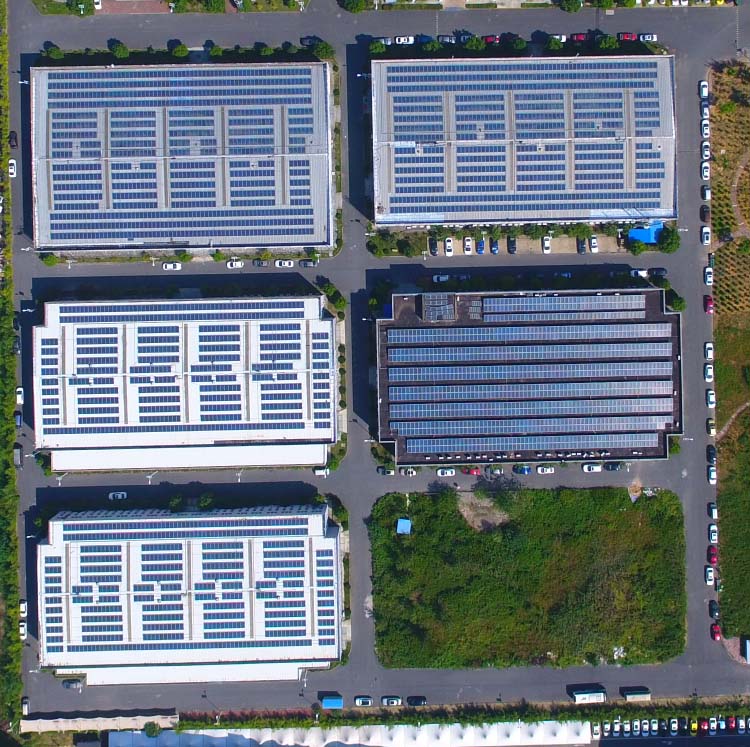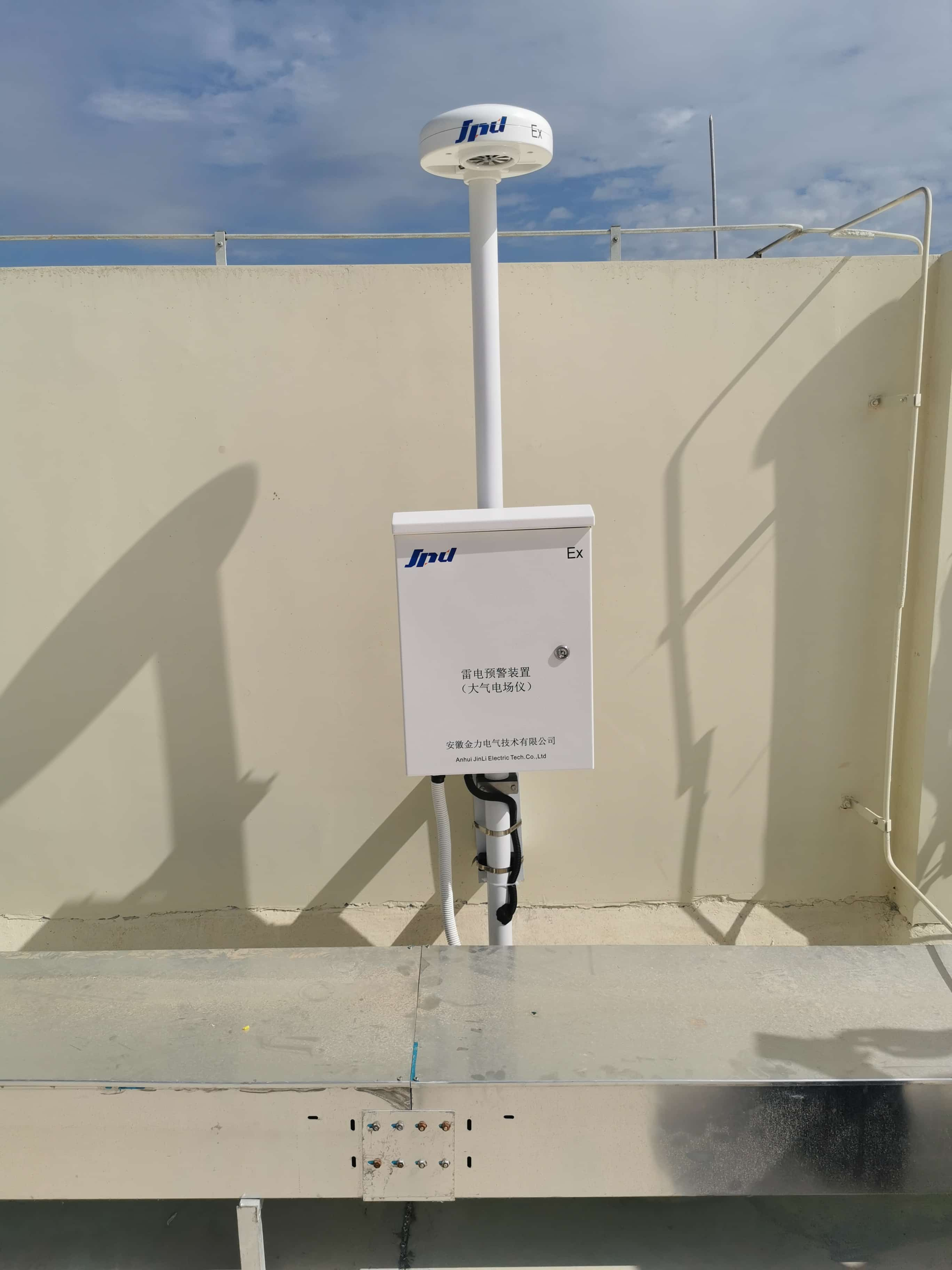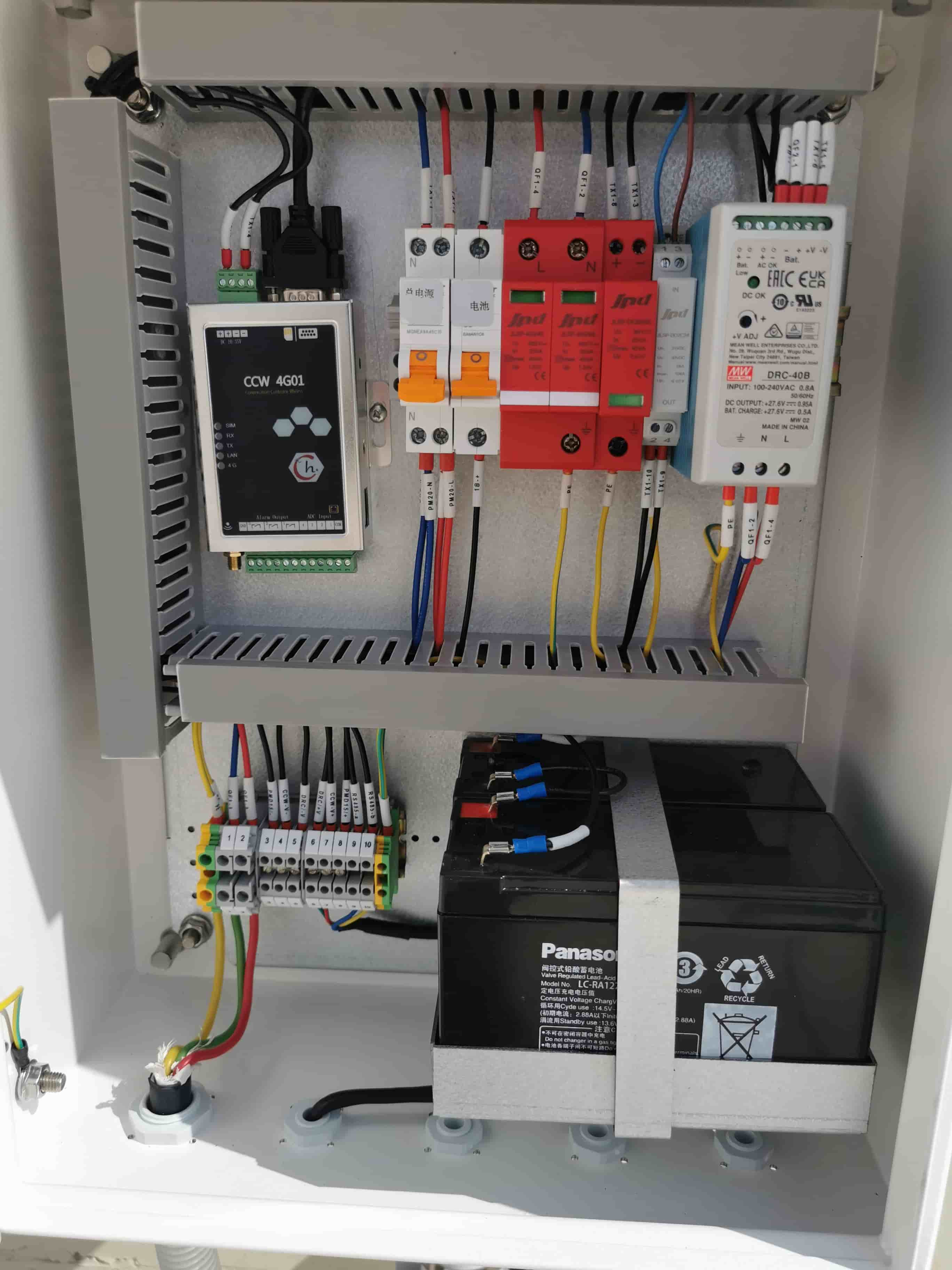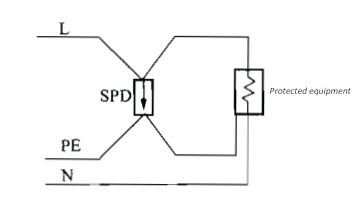Why Is The Multi-head Combination Weighing Scale So Accurate?
With the rapid development of modern industry, packaging industry in packaging accuracy, packaging speed, packaging range and other aspects also have higher requirements, traditional quantitative automatic packaging scale has been difficult to meet these requirements, and the multihead combination weigher is developed under this requirement, it and the traditional quantitative automatic packaging scale there are the following differences:
1. The difference in weighing accuracy caused by different weighing principles
(1) The weighing principle is different
Quantitative automatic packaging scale is one side of the feeding side weighing, in the arrival of the target weight data before continuous feeding, when and the target weight difference a little must be added to the object, that is, after the coarse measurement and then fine measurement, such as the object is larger or heavier when there is a larger error, which affects the accuracy of the scale. The computer combined balance is composed of a number of weighing units with independent feed and discharge structure, the general computer combined balance is composed of 8 ~ 32 weighing units. The computer uses the principle of permutation and combination to automatically optimize the load of each weighing unit, and obtains the best and most close to the quantitative value of the combination for packaging. For example, a computer combination scale with ten weighing units will weigh each weighing unit and read the weight data of each weighing bucket into the computer. The computer will choose the optimal combination. According to combinatorial mathematics, ten weighing units can realize a total of 1023 combinations, and the computer will select the combination closest to the target weight value from the 1023 combinations. In this way, the above fine weighing is said to be large, and it is difficult to achieve quantitative value of the work. The computer combination scale takes the combination closest to the target weight as the final result.
(2) The reliability of test data varies
Because the traditional quantitative automatic packaging scale is feeding side weighing, so for the Wieser sensor is in the dynamic situation of weighing, if the object is affected or beat, will make the sensor induction of unstable weight data caused by error, and the vibration feed of the computer combination scale is carried out on the buffer hopper, weighing hopper is carried out in a stable situation, Therefore, the weight data obtained is of high accuracy.
(3) Drop error
This error for quantitative automatic packaging scale is a very significant error, weighing bucket weight value reached the set value, although the electromagnetic vibration feeder has stopped, but stop the moment, weighing bucket to vibrator a section of the existence of the called thing will eventually fall into the bucket produced the so-called drop error, although some quantitative automatic packaging scale use to shorten the feeding time to reduce the drop error, However, due to the flow rate, feed uniformity and other uncertain factors, there are still different degrees of error. The computer combined scale is fed from the buffer hopper to the weighing hopper, the weighing hopper is completely stable after issuing instructions for weighing, so there is no drop error.
2. The difference in weighing speed
The traditional quantitative automatic packaging scale generally needs to go through the weighing process of coarse measurement and fine measurement, especially the fine measuring process needs to be added bit by bit, which takes a long time and affects the weighing speed. For example, the weighing speed of the quantitative automatic packaging scale below 1 kg is generally in 20 ~ 30 packs/minute, and the high speed multihead weigher in the rapid optimization of the combined calculation of the computer generally 14 weighing units of the scale can reach 100 ~ 120 packs/minute, 4 ~ 6 times faster than the weighing speed of the quantitative automatic packaging scale, and easy to cooperate with a variety of packaging machines. Greatly improve the efficiency of packaging, more suitable for modern production management needs.
3. The difference in weighing range
Under the same accuracy, the weighing range of the computer combination scale is larger than that of the quantitative automatic packaging scale. In general, the weighing range of the quantitative automatic packaging scale is controlled within 4 times under the same accuracy, and the weighing range of the computer combination scale in the small weighing section can reach more than 10 times. It can also be seen from a large number of test results that there is a difference in weighing range between the two. For example, in the weighing range of ten grams to 1 kg, the computer combined scale can reach the accuracy level of X (1), especially in the small scale is rare. If you want to keep the accuracy level unchanged, quantitative automatic packaging scale only reduce the scale range, the formation of multi-stage scale, can only rely on the production of multiple series of products, in order to achieve a certain requirement of the manufacturer. The average manufacturer will hardly accept this phenomenon. This brings limitations to its practical application, which cannot meet the requirements of different packaging specifications (10-1000g) but similar precision in some production fields.












